
The theme of Templar treasures still holds a mysterious allure today. More than seven centuries have passed since the Order of the Knights of Christ — the legendary Templars — disappeared from Europe’s political stage, yet their story continues to fire the imagination of historians, treasure-hunters and romantics alike. And although most events are linked to France, Spain and Portugal, researchers increasingly suggest that traces of the Templars may also be found in Ukraine. In this piece, we explore where this idea comes from, what evidence supports it, and why our land could have become a refuge for the Order’s legacy.
The dramatic day of the Templar arrests — the start of a great mystery
The morning of 13 October 1307 entered history as one of the darkest days of medieval Europe. The night before, on a Friday, two knights met in a stone cell of the Temple fortress in Paris. After a short prayer, the senior Templar delivered to the junior a command from the Grand Master — “to hide the Order’s treasures and holy relics securely”. Just a few hours later, with the first light of day, a large-scale operation to arrest the Templars began across France. It was organised by King Philip IV the Fair, grandson of Kyiv’s Princess Anna Yaroslavna — daughter of Yaroslav the Wise. Thus, even at that moment, this dramatic story bore a Ukrainian connection.
Why the Order was persecuted
The official pretext for the arrests was a series of charges of heresy, worship of “dark forces”, and forbidden rites. In truth, the main reason lay in the Templars’ immense power and wealth. They controlled Europe’s financial flows, effectively creating the first international banking system, extending credit even to royal courts. Philip IV, mired in debt to the Order, chose to destroy his creditors and seize their assets. This move changed European history forever.
- On the night of 13 October 1307, more than 15,000 knights were arrested across France.
- Most were tortured to extract confessions of fabricated crimes.
- The Grand Master of the Order, Jacques de Molay, was executed in 1314 — but before his death he cursed the king and the Pope, and within a year his words seemed fulfilled.
Yet the key question remains — what became of the Templar treasure? The king never managed to find the gold, silver and relics that vanished on the eve of the arrests. Historians are convinced the Templars moved their most precious holdings to safe locations — perhaps even eastwards into Europe.
Treasures, legends and modern searches for the Templar legacy
As technology and archaeology advance, interest in the Templars’ mysteries only grows. From time to time, global media report on discoveries of ancient hoards believed to be linked to the Order. In 2011, for instance, a temple in India yielded more than 500 tonnes of gold and jewels, valued at 22 billion dollars. Yet many historians argue this is not the largest treasure in human history. According to legend, the relics of the Templar Order could surpass even that discovery in value, encompassing not only gold but sacred objects from Christian history.
Possible relics of the Templars
Reliable sources mention that the Templars safeguarded some of the most important Christian artefacts, among them the Shroud of Turin and the Holy Grail. Historical records indicate that the Shroud of Turin indeed remained in Templar hands until the fifteenth century. Their archives also refer to the Ark of the Covenant, allegedly found during excavations in Jerusalem. It is little wonder, then, that the treasures of the Templar Order are considered the most enigmatic in human history.
Over time, more and more hypotheses have sprung up. Some believe the Templars spirited part of their treasure to Scotland, where the roots of later Masonic lodges appeared. Others argue that caravans of artefacts travelled further east, across the Carpathians. This is the very idea that has prompted modern scholars to search for traces of the Templars in Ukraine.
“The deeper we delve into Templar history, the more we are convinced: their legacy is not just legend. It is part of Europe’s spiritual and cultural code that has endured for seven centuries.”
Thus arose the theory that part of the Templars’ gold and relics may have found its way onto the territory of modern Ukraine — especially in regions where monastic orders were active throughout the thirteenth and fourteenth centuries. The next section looks at the Ukrainian footprint of the Templars.
The origins of the Templars — the Order of the Poor Knights of Christ
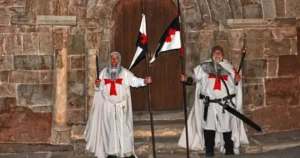
To understand why the Templar legacy in Ukraine inspires such interest, it is worth returning to the Order’s beginnings. Its story starts after the First Crusade of 1096, when thousands of pilgrims journeyed to the Holy Land. On the road to Jerusalem, many fell prey to bandits, so a small group of knights took it upon themselves to protect travellers. Thus emerged the Order that would become known worldwide as the “Poor Fellow-Soldiers of Christ and of the Temple of Solomon”.
The idea behind the Order
The Order was founded by the French knight Hugh de Payens, who, together with eight companions, took vows of poverty, chastity and obedience. They were granted quarters in the southern wing of the Al-Aqsa Mosque — a site believed to stand on the remains of Solomon’s Temple. Hence the name “Templars” (from Latin *templum* — temple).
For the first nine years, the Order was a modest and little-known brotherhood. Researchers, however, suggest that this period was devoted not so much to guarding pilgrims as to exploring Jerusalem’s underground. Some believe the knights uncovered ancient manuscripts or relics that radically reshaped their worldview and fuelled the Order’s rise.
Recognition and ascent
In 1129, the Order received official recognition at the Council of Troyes. It was championed by the era’s most influential theologian — Saint Bernard of Clairvaux, who drafted the “Rule of the Templars” and secured their spiritual standing. From that moment, the Order grew rapidly, acquiring lands, castles, donations and privileges from European monarchs.
- The Templars held their own fortresses, hospitals and even a fleet.
- The Order controlled trade routes between East and West.
- The brethren developed a financial system that prefigured modern banking — issuing loans, safeguarding deposits and facilitating cross-border money transfers.
By the mid-thirteenth century, the Templar Order had become one of the world’s most powerful institutions. Their emblem — a white cloak with a red cross — commanded respect and, at times, fear. Even the Pope acknowledged that the Order answered only to God, beyond the reach of secular authorities.
Discoveries beneath Solomon’s Temple?
Some modern historians argue that in the subterranean passages of the Temple Mount the Templars may have found relics — perhaps even the Ark of the Covenant or the Holy Grail. Thereafter the Order’s fortunes soared, as if blessed by esoteric knowledge or divine favour. Other theories say the artefacts helped shape a distinct Templar doctrine — blending Christianity, esoterica and ancient Near Eastern wisdom.
The Order’s spiritual role and symbols
For the Templars, warfare was more than combat — it was an act of faith. They saw themselves as “soldiers of Christ”, carrying the light of belief even at the cost of their lives. Many scholars therefore hold that their ideology influenced Europe’s later spiritual movements — from chivalric codes to the esoteric brotherhoods of the Renaissance.
“A true knight of Christ conquers not by the sword but by faith,” said Bernard of Clairvaux, capturing the essence of the Templar mission.
From glory to downfall
Despite their spiritual fervour and noble aims, the Order gradually became too powerful for monarchs to tolerate. The Templars possessed lands from Spain to the Holy Land, and their fortresses were considered impregnable. This bred envy and fear among rulers — notably Philip IV the Fair. He became the prime mover of their destruction in 1307, as described in the previous section.
Despite attempts to erase them from history, the Templars left not only legends but tangible traces — castles, chapels, symbols and archives. Researchers believe some of these markers later appeared on Ukrainian soil, to which fugitives of the Order fled after its suppression.
We explore these enigmatic signs — stones and underground passages linking Ukraine to the Templar Order — in the next section on traces of the Templars in Ukraine.
Traces of the Templars in Ukraine — legends, artefacts and historical evidence
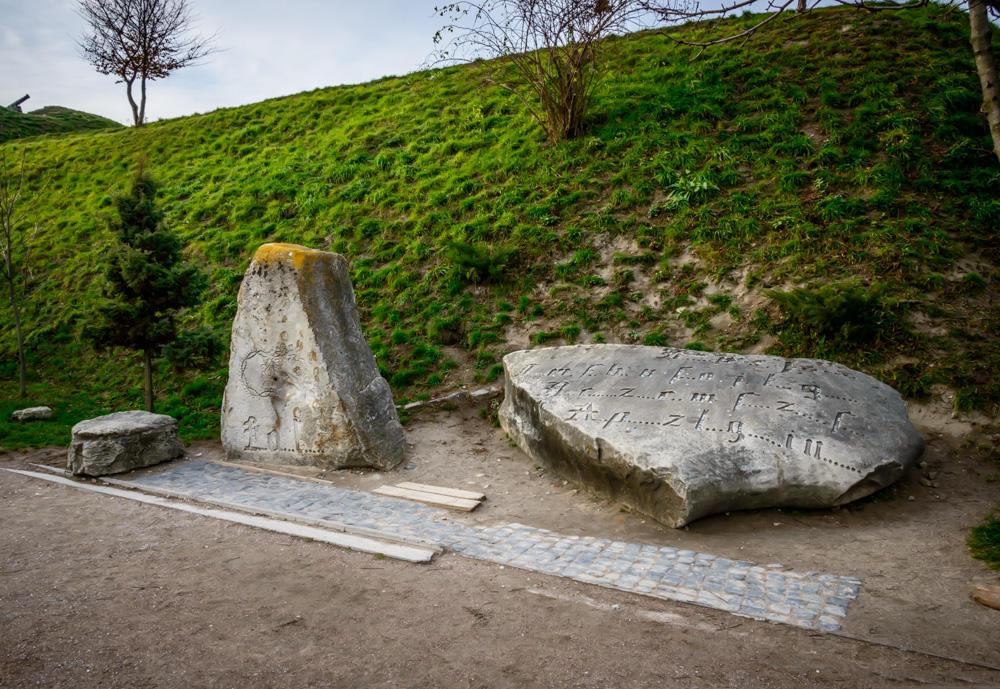
After the destruction of the Templar Order in France in 1307, many brethren vanished without a trace. One hypothesis holds that some found refuge to the east of Europe — including on the lands of modern Ukraine, then part of mighty Rus’. This view rests on historical references, toponyms, archaeological finds and even myths passed down through generations.
A mystical interest in Ukrainian lands
Ukraine has long drawn seekers of ancient artefacts. In the twentieth century, special expeditions came here from both the USSR and the Third Reich. Both the Soviet security services (NKVD) and the Nazi Ahnenerbe organisation actively searched for “traces of the Templar Order”. They hoped to find the Holy Grail, the Ark of the Covenant or the symbolic “stones of power” — three artefacts which legend says pointed to the location of hidden Templar treasures.
According to archival documents, the Nazis began their searches even before the Second World War. They believed Ukrainian soil might safeguard remnants of the Order’s sacred heritage. History suggests they were not entirely mistaken.
Zolochiv Castle — the Templar stones
The most famous evidence of a Templar presence in Ukraine is the so-called Templar stones at Zolochiv Castle (Lviv region). Discovered near the village of Novosilky, they were later moved to the castle, where they remain today. Their surfaces bear carved crosses, signs and symbols strikingly similar to Templar insignia.
Historians suggest the stones may have belonged to a sacred structure or served as Templar tombstones. Another theory holds they marked a site where artefacts removed from Europe after the 1307 persecutions were temporarily stored. Anyone can see them today by visiting Zolochiv Castle, one of Lviv region’s most intriguing architectural and historical landmarks.
Templar Cave in Zakarpattia

Another place steeped in mystery is the Templar Cave in Zakarpattia. It sits atop Mount Chorna and has long been a favourite with travellers and treasure-hunters. Local legend claims the Templars themselves created the cave to hide part of their relics after fleeing Europe.
Coins, crosses and ancient inscriptions have been found inside. Part of the underground is now flooded — which, according to folklore, serves as a kind of “protection” against unwanted visitors. Archaeologists have established that the cave is man-made and may have formed part of a defensive or ritual complex dating to the thirteenth–fourteenth centuries.
The castle at Lukiv in Volyn — a trace of the Templar Order
Equally intriguing is the story of the castle in the village of Lukiv (Volyn region). English archives note that a fortress connected to Templar activity was founded here in 1231. Excavations have revealed underground passages, remnants of stone fortifications and items resembling Templar artefacts. Some believe the Templars stored part of their hoard here — gold, silver, jewels and sacred objects.
Although the wooden walls have not survived, the ruins of a dam, deep ditches and subterranean corridors still bear witness to its past. Researchers maintain the site may yet conceal many secrets — and that Volyn could have been a temporary refuge for Templars fleeing Western Europe.
Legends that blend history and faith
Despite academic scepticism, growing evidence suggests the Templars may indeed have reached Ukrainian lands. The folklore of Volyn, Podillia and Zakarpattia tells of “white-cloaked knights” who came from the west, aided local communities and built stone chapels without asking payment. Many of these structures feature symbols akin to Templar crosses or roses — key elements of their spiritual imagery.
“Every legend holds a grain of truth. If stones, symbols or ancient inscriptions point to the Order’s presence, then Latin prayers of the Templars may once have echoed here.”
Of course, a line will always run between legend and reality. Yet even sceptics admit that the Templar phenomenon in Ukraine contains ample material worthy of further study. Every attempt to answer questions from the past brings us closer to understanding our own history — and perhaps to discovering relics of the Order still unknown.
Some argue the mystery hides not only treasure but a spiritual inheritance symbolising the search for truth. Perhaps this is the Templars’ message to future generations.
The Templar legacy in Ukraine — between history, myth and spiritual quest

Today it is difficult to draw a clear line between historical fact and legend about the Templars in Ukraine. Even if many pages of their story are lost in the mists of time, we still feel an uncanny pull towards these tales. There is more here than treasure-hunting — it is a search for faith, knowledge and meaning that remains relevant after seven centuries.
Why our fascination with the Templars endures
The Templar phenomenon is not only about brave knights. It is also a symbol of a spiritual ideal — a union of strength and belief that resonates even now. Their history reminds us that true greatness is not measured in gold or power, but in loyalty to one’s convictions. That is why the Order has been an inexhaustible source of inspiration for writers, philosophers and even scholars still asking: “What did the Templars truly leave us?”
- For historians — a riddle yet to be solved.
- For archaeologists — a challenge calling for fresh research.
- For the faithful — an example of service, courage and belief.
Perhaps that is why, centuries after their dissolution, the Templars remain vivid in collective memory. Their symbols, architecture and code of honour have become part of European culture — and increasingly draw the attention of Ukrainians seeking their historical roots.
Ukraine — a possible haven for the Order’s relics
Volyn, Halychyna and Zakarpattia — for centuries these lands have been crossroads of civilisations. It may be here that those saving the Order’s holy objects from persecution found refuge. Local legends speak of “knights in white cloaks” who left strange signs and symbols on stones. For some, it is mere folklore; for researchers, a reason to ask whether a kernel of truth lies beneath.
Some archaeologists suggest that part of the material wealth could have been hidden in what is now Ukraine. This may explain why Ukraine preserves so many places linked to mysterious tunnels, ancient stones and ruins of unknown origin. In the Middle Ages, these regions were hard for European monarchs to control — a natural haven for exiles and seekers of spiritual peace.
Myths and truth about the Holy Grail
The Holy Grail is the most famous relic associated with the Templars. For some it is a chalice; for others, a symbol of purity of spirit. While many search for it literally, the legend’s truest meaning may be deeper. The Grail is less an object than an ideal of perfection — a harmony of faith, knowledge and the human soul. If the Templars did leave a spiritual imprint in Ukraine, perhaps the search for this harmony continues here — between past and present.
“Templar treasures are not only gold, but wisdom we have yet to learn to value.”
Conclusions — a legacy we uncover today
Modern Ukraine is a land of many secrets. Perhaps among them lies the key to understanding the Templars’ true legacy. Every stone, every legend and every archaeological find is a piece of a greater story reminding us that the past lives as long as we strive to understand it.
As interest in medieval culture grows, Ukrainian researchers, historians and travellers continue to study the Order’s possible traces on our soil. Even if we never find the Templars’ gold, the very journey of discovery is a treasure — bringing us closer to our past.
Summary
The legends of the Templars in Ukraine are more than tales of treasure and secrets. They remind us of enduring values: faith, honour, courage and the pursuit of knowledge. Perhaps the Templars’ truest treasure is not gold, but faith in humanity and its capacity to carry light even in darkness.
In exploring the Order’s history, we uncover not only the past but ourselves. And who knows — somewhere among the Carpathian peaks, the forests of Volyn or ancient castles, a fragment of the great Templar legacy may indeed be at rest.


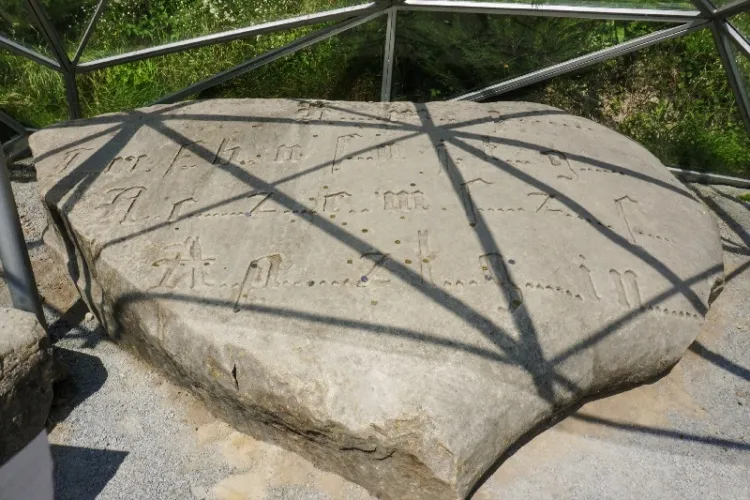
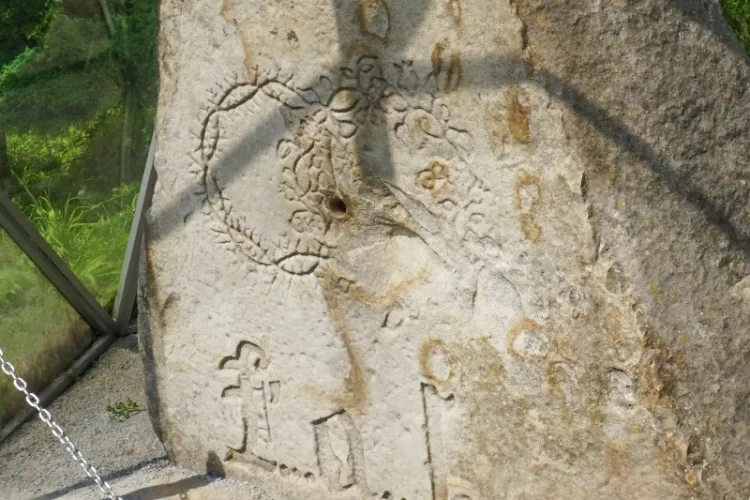
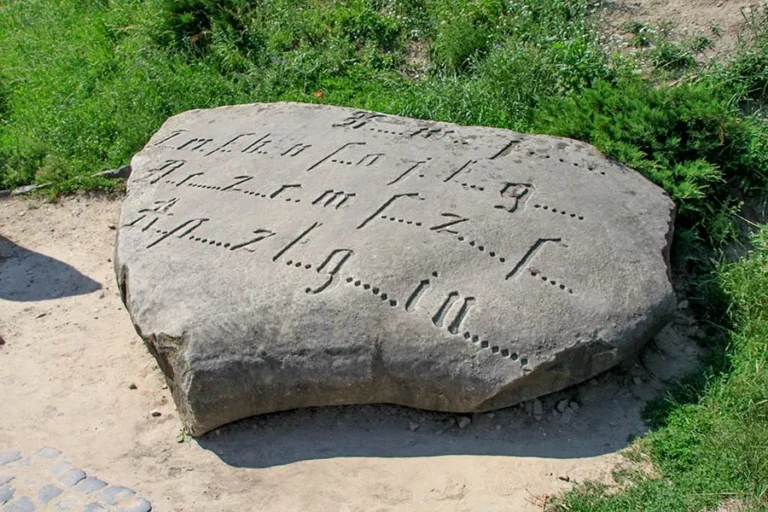
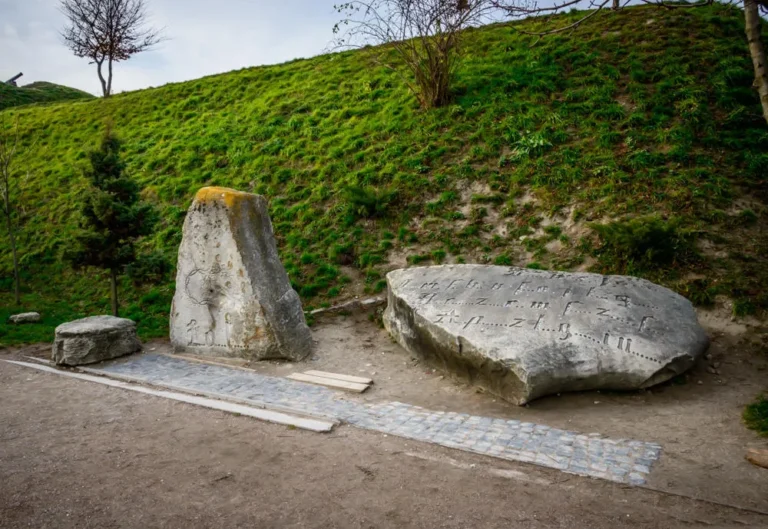
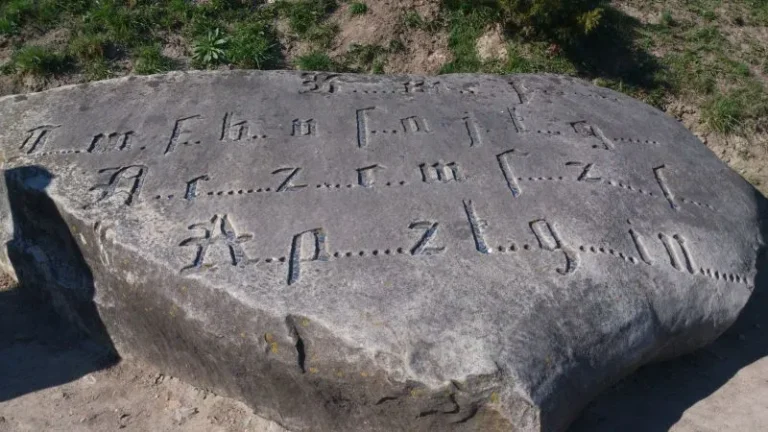




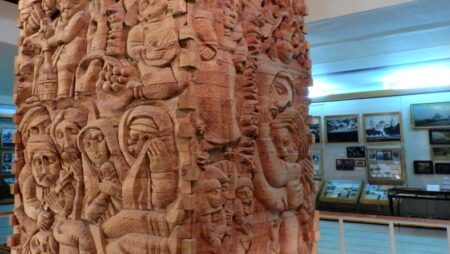




One Response Comment
You can post first response comment.